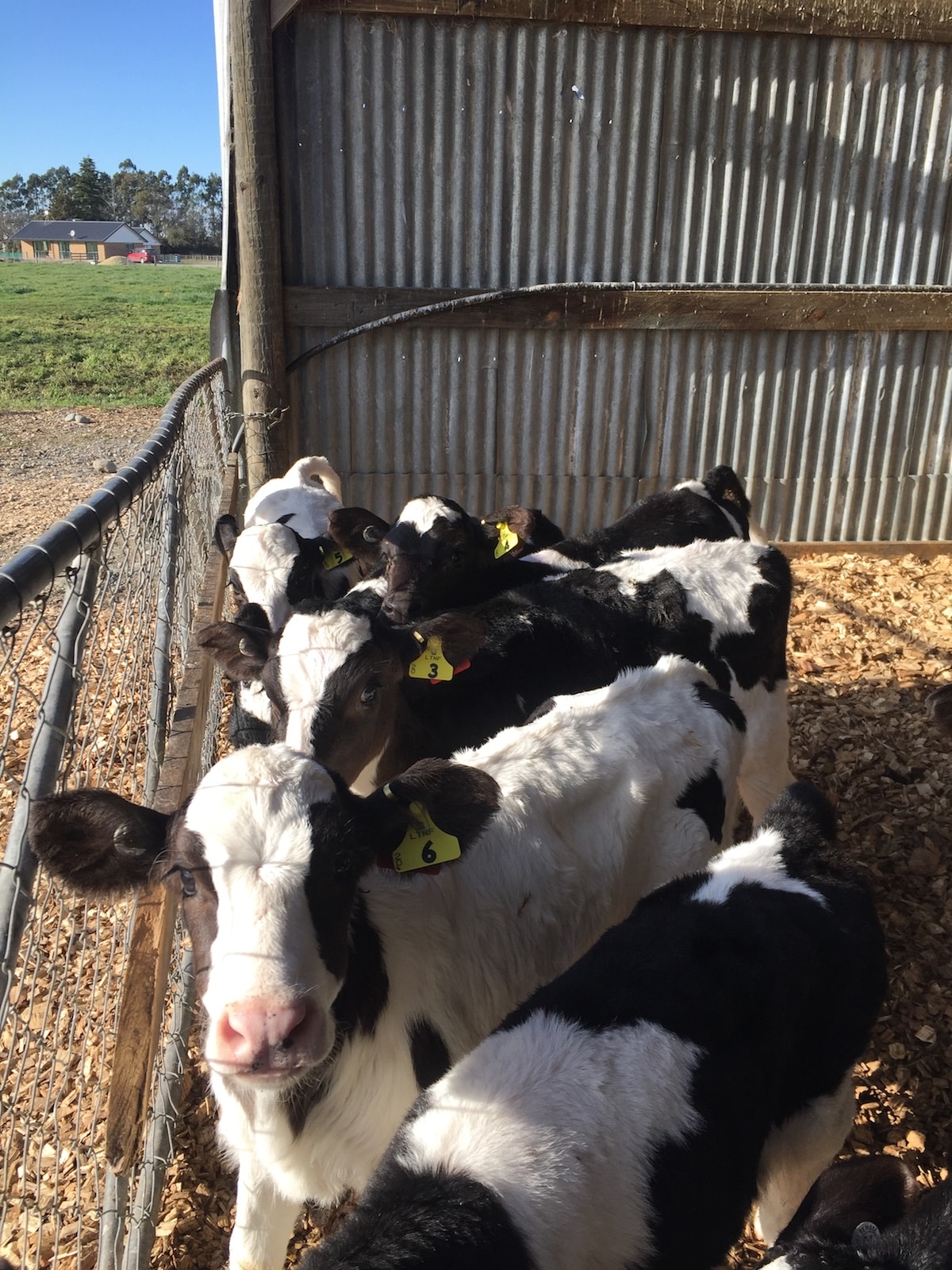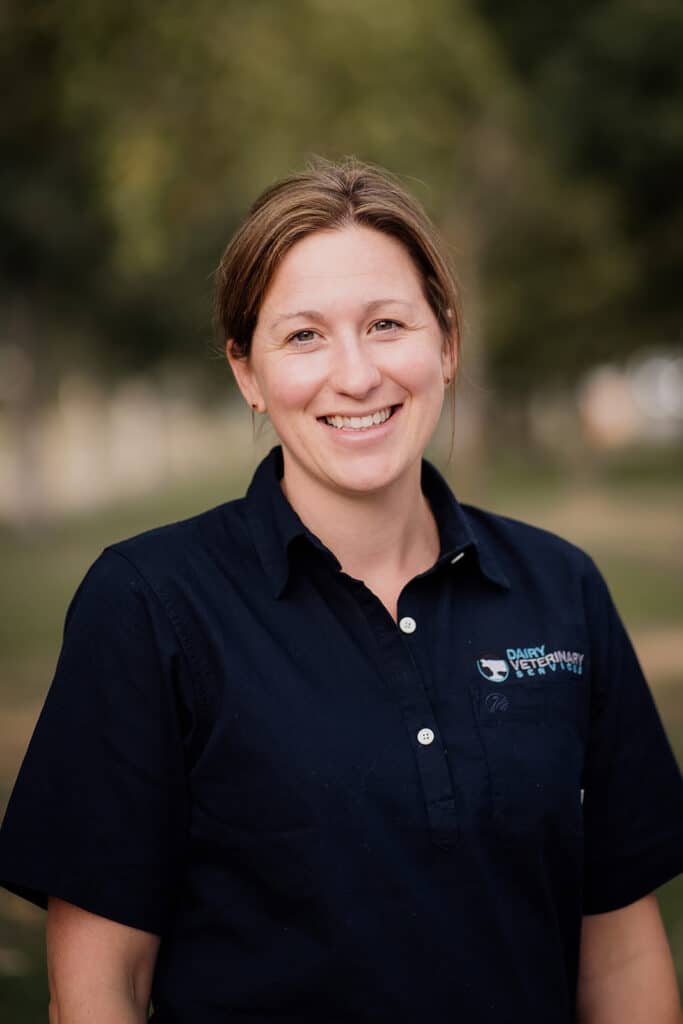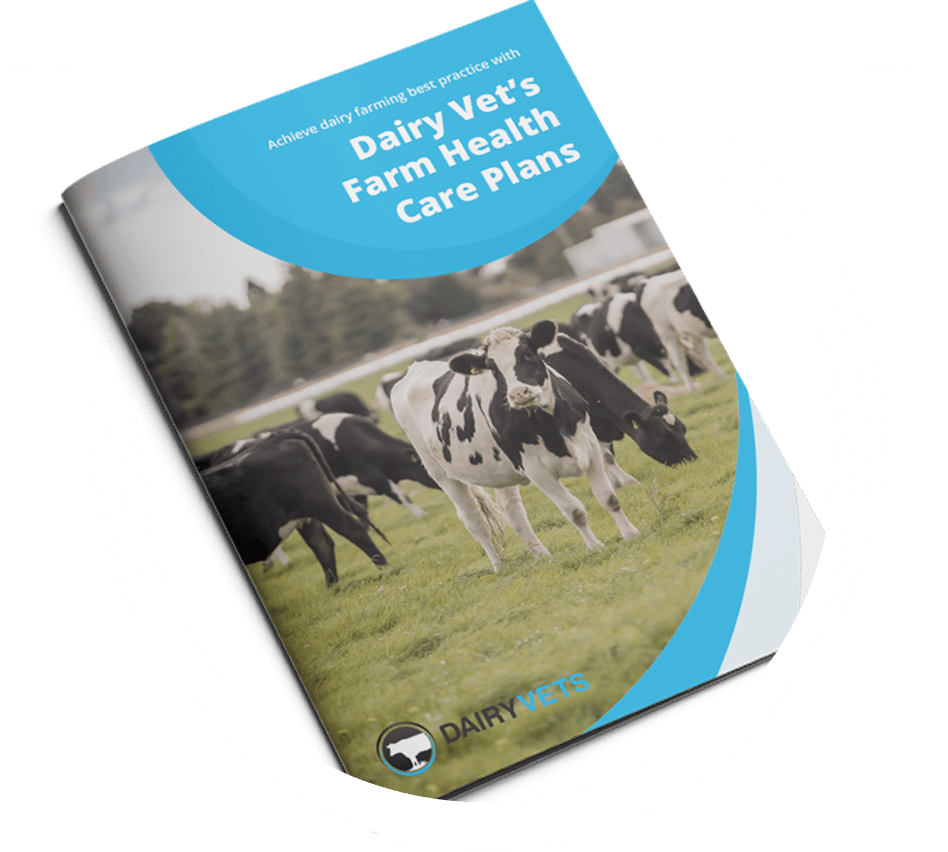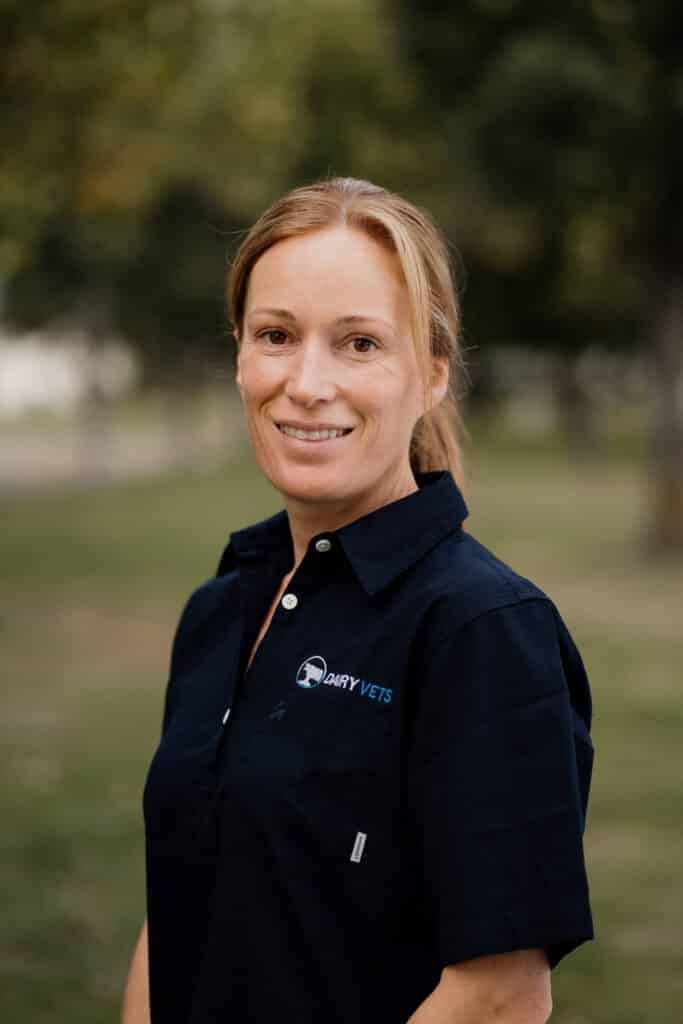Culling is a key strategy in managing mastitis on farm as it is the only way to eliminate some infections. It is, however, expensive so it is important that culling decisions are made wisely and that other measures are taken to prevent new infections occurring, in order to achieve good mastitis control.
When making culling decisions we want to choose infected cows that have a low chance of curing over the dry period.
Antibiotic dry cow therapies do not cure all infections. The following factors reduce the chance of an infected cow curing over the dry period:
- Cows that have had repeated clinical cases of mastitis in one season. Cure rates are approximately 75% for first cases of mastitis, 45% for second cases and 12% for third cases (consider culling immediately after the third case or drying off the quarter if the same quarter is being affected).
- Infections of long duration. Cows that had a high SCC on the last herd test last season and the first this season despite being treated with antibiotic DCT are likely to be chronically infected and have a low chance of curing. Cows that have had high SCC only in this season are candidates for Antibiotic Dry Cow Therapy.
- Staph aureus infection
- Older cows
Subclinically infected cows have a bacterial infection (and usually a high SCC) but no clinical signs of mastitis. A higher proportion of subclinical infections are contagious bacteria (as opposed to environmental) and pose a significant risk for the spread of infection within the herd.
Somatic cell count data from herd tests and clinical mastitis records are the main sources of information used to make culling decisions. There are various options available for culturing milk samples from individual cows to identify the bacteria involved and/or sensitivity to different antibiotics. These include laboratory testing through your vet, Mastatest on farm testing, DairySmart and Staph aureus testing via your herd test. Taking sterile milk samples for bacterial culture can help justify a culling or treatment decision. However, some Staph aureus infections do not reliably yield a positive culture result as the bacteria are good at hiding inside cells and emerging intermittently into the milk. Conversely, a positive Staph aureus culture may still have a good chance of cure in a young animal with a relatively recent infection.
SCC, clinical mastitis history and age should be considered alongside culture results. Beware of making decisions from a single piece of information. Without a comprehensive approach to mastitis control (including strict hygiene at teatseal/DCT insertion, milking management, early detection of mastitis and culling decisions) new cows will always be waiting to jump into the millionaire’s club.
Culling 1-2% of the herd each year for mastitis reasons is a realistic benchmark. Whether it is economic to cull more than this will depend on the impact individual cows are having on the BTSCC, the consequent penalties or loss of incentives, the risk of mastitis spreading to other cows and the cost of replacements.
Talk to your vet if you would like help with making culling decisions for your herd. Dairy Vets can provide expertise in all areas of mastitis management including investigating somatic cell count and clinical mastitis problems, milking management assessments, teat scoring, data analysis, milk culture, treatment decisions and staff training.

BVSc (Dist.)
If you have any questions please feel free to get in touch with us at info@dairyvets.co.nz




























